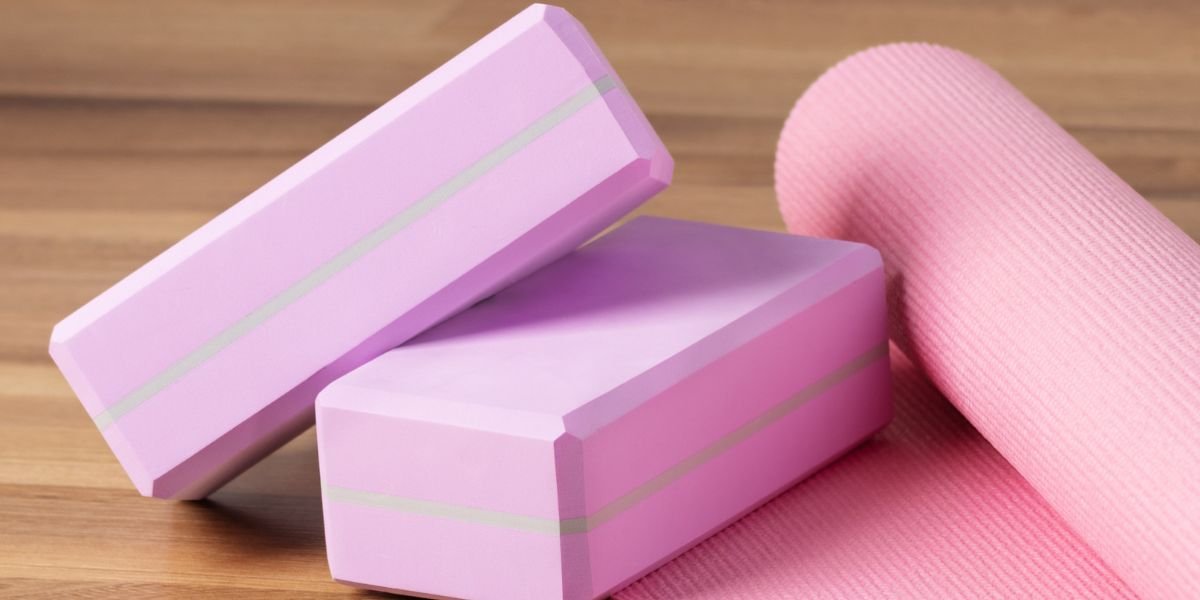
Using yoga blocks can be a game-changer in your practice, offering a multitude of benefits that go beyond just support. These props can help you achieve a level of flexibility and stability that might surprise you, leading to a more effortless and rewarding yoga experience. Whether you're a beginner or a seasoned practitioner, integrating yoga blocks into your routine can unlock new possibilities and deepen your practice in ways you never thought possible.
Benefits of Using Yoga Blocks
Using yoga blocks can significantly enhance your practice by providing stability and support during challenging poses. These blocks are especially helpful for beginners or individuals with limited flexibility. By incorporating yoga blocks into your routine, you can improve your alignment and ensure proper positioning, reducing the risk of injury.
When practicing standing poses like Trikonasana (Triangle Pose) or Ardha Chandrasana (Half Moon Pose), placing a block under your hand can help maintain balance and prevent strain on your lower back. Additionally, using blocks in seated poses such as Paschimottanasana (Seated Forward Bend) can assist in reaching forward without compromising form or overstretching.
Yoga blocks also allow you to gradually progress in your practice by providing different height options. As you become more flexible, you can adjust the block height to continue challenging yourself. This incremental approach helps you safely deepen your stretches over time. Overall, incorporating yoga blocks into your practice can enhance stability, support, and progression in your yoga journey.
Enhancing Flexibility With Yoga Blocks
Enhance your flexibility effectively by incorporating yoga blocks into your practice routines. Yoga blocks offer valuable support that can help you deepen your stretches and improve your overall flexibility. By using yoga blocks, you can modify poses to suit your current level of flexibility, gradually working towards more advanced variations.
When practicing forward folds, place a block under your hand to bring the ground closer to you, allowing for a deeper stretch without compromising your form. In seated poses like the Seated Forward Bend, sit on a block to elevate your hips and tilt your pelvis forward, enabling a smoother stretch along your spine and hamstrings.
Moreover, yoga blocks can assist in opening up your chest and shoulders in poses like the Bridge or Wheel pose. By placing blocks under your hands or upper back, you create space and support to gradually increase your flexibility in these areas. Incorporating yoga blocks into your practice can enhance your flexibility journey, making challenging poses more accessible and helping you progress safely.
Improving Stability in Yoga Poses
To bolster your stability in yoga poses, consider utilizing yoga blocks strategically. Placing yoga blocks under your hands in poses like downward dog can help align your wrists, shoulders, and spine, providing a more solid foundation. This stability allows you to focus on your breathing and form without worrying about toppling over.
For balancing poses such as tree pose or half moon, using a block can provide extra support by bringing the floor closer to you. By placing a block under your foot or hand, you can adjust the height and find the position that helps you feel the most stable. This added stability enables you to hold the pose longer and with greater ease.
In seated poses like staff pose or seated forward fold, sitting on a block can elevate your hips slightly, tilting your pelvis forward and aiding in maintaining a straight spine. This adjustment helps you achieve a more grounded and stable seated position. Experiment with different block placements to discover how they can enhance your stability and confidence in various yoga poses.
Tips for Maximizing Yoga Block Usage
Maximizing your yoga block usage involves strategically incorporating these props to optimize your practice and enhance your stability and flexibility. When using yoga blocks, ensure they're placed at the right height to support your body comfortably. For standing poses like Trikonasana (Triangle Pose), use blocks to bring the floor closer to you, aiding in maintaining proper alignment and balance.
In seated poses such as Paschimottanasana (Seated Forward Bend), sit on a block to tilt your pelvis forward, deepening the stretch in your hamstrings and lower back.
Additionally, don't hesitate to experiment with different block positions to find what works best for you. For balance poses like Vrksasana (Tree Pose), holding a block overhead can improve your focus and stability. In backbends, position blocks under your hands to lift your chest higher and open your heart more effectively. Remember to breathe deeply and listen to your body's feedback as you explore the benefits of using yoga blocks in your practice.




